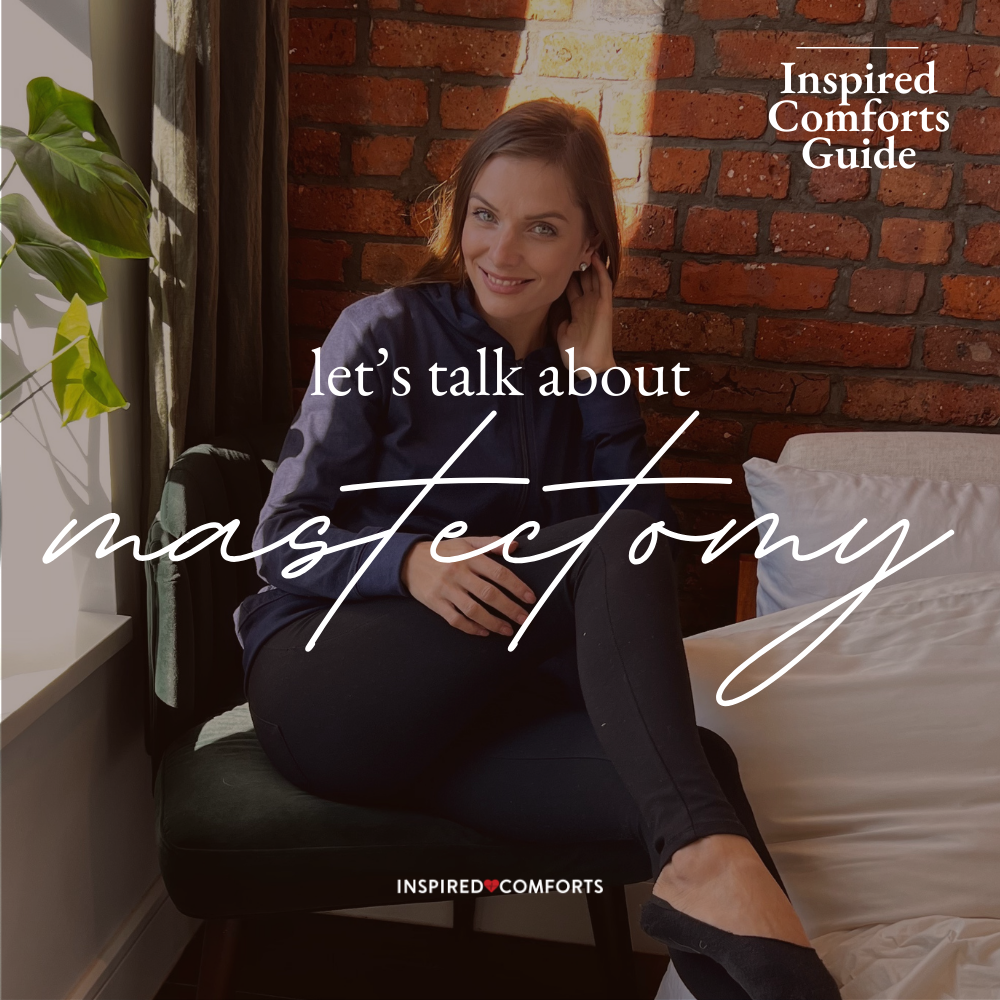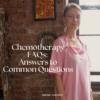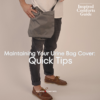Mastectomy, a surgical procedure to remove one or both breasts, is a common treatment for breast cancer and a preventative measure for those at high risk. Whether you’re learning about mastectomy for the first time or seeking more in-depth information, this guide aims to provide a comprehensive overview to help you understand the procedure, its variations, recovery process, and considerations for life post-surgery.
What is a Mastectomy?
A mastectomy involves the removal of breast tissue to treat or prevent breast cancer. Depending on the individual’s medical condition, family history, and personal preferences, the procedure can vary in extent:
- Total (Simple) Mastectomy: The entire breast is removed, including the nipple, areola, and most of the overlying skin. Lymph nodes under the arm are not removed unless they are located within the breast tissue taken.
- Modified Radical Mastectomy: This procedure involves removing the entire breast along with the lymph nodes under the arm (axillary lymph node dissection).
- Radical Mastectomy: The most extensive type, it involves removing the entire breast, axillary lymph nodes, and chest wall muscles under the breast. This is less common today and usually reserved for cases where the cancer has spread to the chest muscles.
- Skin-Sparing Mastectomy: The breast tissue is removed, but most of the skin over the breast, except for the nipple and areola, is left intact. This technique is often used when immediate breast reconstruction is planned.
- Nipple-Sparing Mastectomy: All of the breast tissue is removed, but the nipple and areola are preserved. This is also usually followed by immediate reconstruction.
Who Needs a Mastectomy?
Mastectomy may be recommended for various reasons, including:
- Breast Cancer Diagnosis: For individuals with large or multiple tumors, high-grade cancer, or when radiation therapy isn’t an option.
- High Risk of Breast Cancer: Those with a strong family history of breast cancer or genetic mutations (such as BRCA1 or BRCA2) may opt for a preventative (prophylactic) mastectomy.
- Recurrence Prevention: Patients who have had cancer in one breast might choose a mastectomy to prevent cancer in the other breast.
The Mastectomy Procedure
Before the surgery, you’ll have a thorough discussion with your surgeon about the type of mastectomy, anesthesia, and the steps involved. The procedure typically involves:
- Preoperative Preparation: You’ll be given general anesthesia to ensure you are asleep and pain-free during the surgery.
- Incision: The surgeon makes an incision based on the type of mastectomy. For a skin-sparing or nipple-sparing mastectomy, the incision is planned to preserve as much skin as possible.
- Tissue Removal: The breast tissue, and in some cases, lymph nodes and muscles, are removed.
- Closure: The incision is closed with sutures, and drainage tubes may be inserted to remove excess fluid.
Recovery After Mastectomy
Recovery varies based on the type of mastectomy and whether reconstruction was performed. Generally, you can expect:
- Hospital Stay: Most people stay in the hospital for one to three days.
- Pain Management: Pain and discomfort are managed with medications.
- Activity Restrictions: You’ll need to avoid strenuous activities and heavy lifting for several weeks.
- Drain Care: If you have drainage tubes, you’ll receive instructions on how to care for them at home.
- Follow-Up Appointments: Regular follow-ups with your surgeon are essential to monitor healing and discuss further treatment if needed.
Life After Mastectomy
Living after a mastectomy involves physical, emotional, and psychological adjustments. Here are some key aspects:
- Physical Changes: Scarring, numbness, and changes in arm movement or strength are common. Physical therapy can help regain strength and mobility.
- Emotional Support: It’s natural to experience a range of emotions. Support groups, counseling, and talking with loved ones can provide emotional support.
- Reconstruction Options: Many choose breast reconstruction, which can be done simultaneously with the mastectomy or later. Options include implants or autologous tissue reconstruction (using tissue from another part of your body).
How Inspired Comforts Can Help
Recovering from a mastectomy can be challenging, but having the right support and products can make a significant difference. Inspired Comforts specializes in designing clothing and accessories that cater specifically to the needs of patients recovering from surgeries like mastectomy. Here’s how:
- Mastectomy Shirts: These shirts feature soft fabrics, easy-to-use snaps, and strategic seams to avoid irritating sensitive areas. They are particularly useful for patients who have limited arm mobility post-surgery.
- Chemotherapy Port Access Hoodies: These hoodies feature discreet zippers that provide easy access to chemotherapy ports without having to remove clothing, ensuring both convenience and warmth.
- Comfortable Robes: Designed for comfort and ease of movement, these robes offer gentle support and can be a soothing choice for post-surgery wear.
- Drain Carriers: Managing drainage tubes is crucial for recovery. Inspired Comforts offers discreet and convenient carriers that help secure and conceal drainage tubes, making daily activities easier and less cumbersome.
- Car Pillows: Specially designed pillows can offer comfort and support during travel, reducing pressure on surgical sites and making resting and sleeping more comfortable.
Tips for Recovery and Adjustment
- Comfortable Clothing: Investing in recovery-friendly clothing from Inspired Comforts can ease the recovery process by providing easy access and gentle support.
- Healthy Lifestyle: Maintain a balanced diet, stay hydrated, and engage in gentle exercises to aid recovery.
- Mindfulness Practices: Techniques such as meditation, yoga, and deep breathing can help manage stress and promote overall well-being.
Mastectomy is a significant step in the journey of breast cancer treatment and prevention. Understanding the procedure, preparing for recovery, and knowing your options for reconstruction and support can empower you to navigate this path with confidence. Remember, you’re not alone—medical professionals, support groups, and specialized products from Inspired Comforts are here to support you every step of the way. With the right resources, recovery can be more comfortable and less painful, allowing you to focus on healing and well-being.
Shop the mastectomy collection from the website now!







